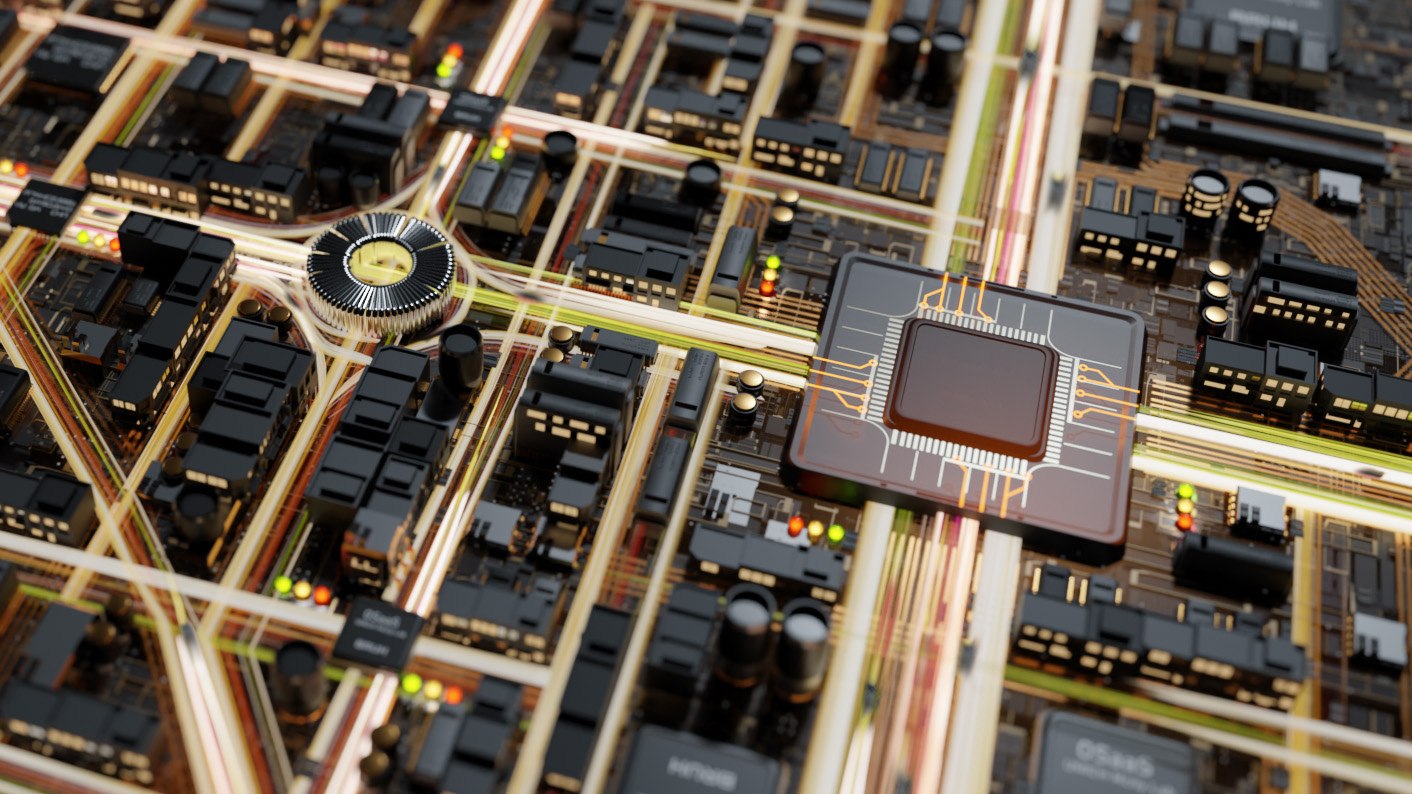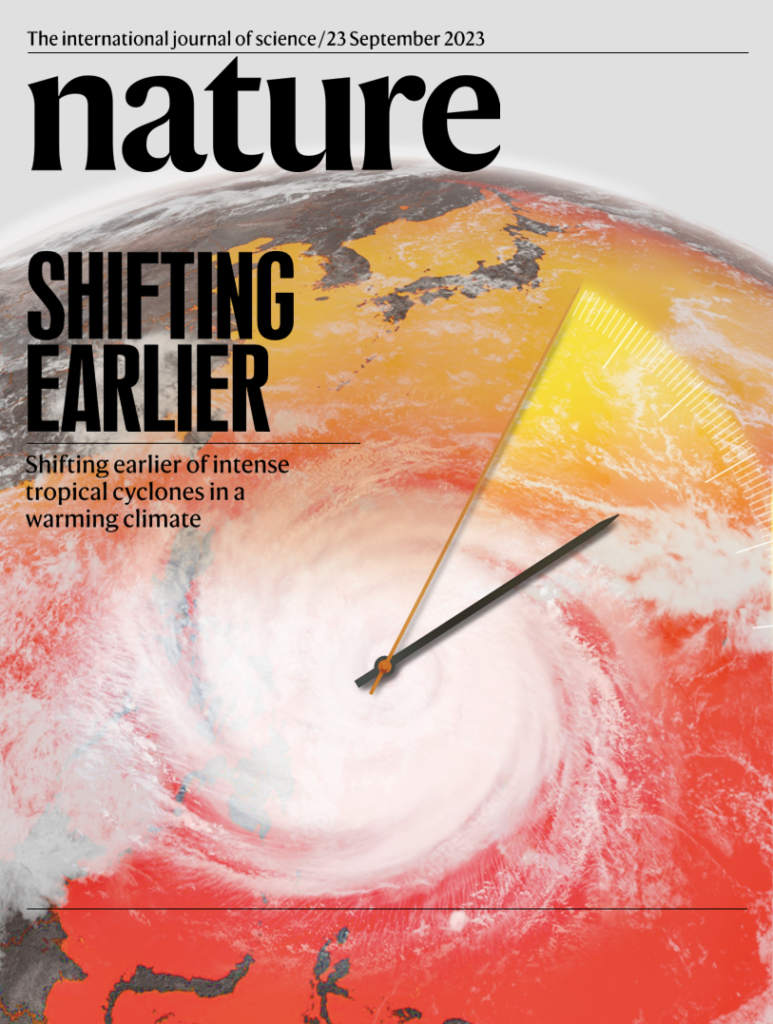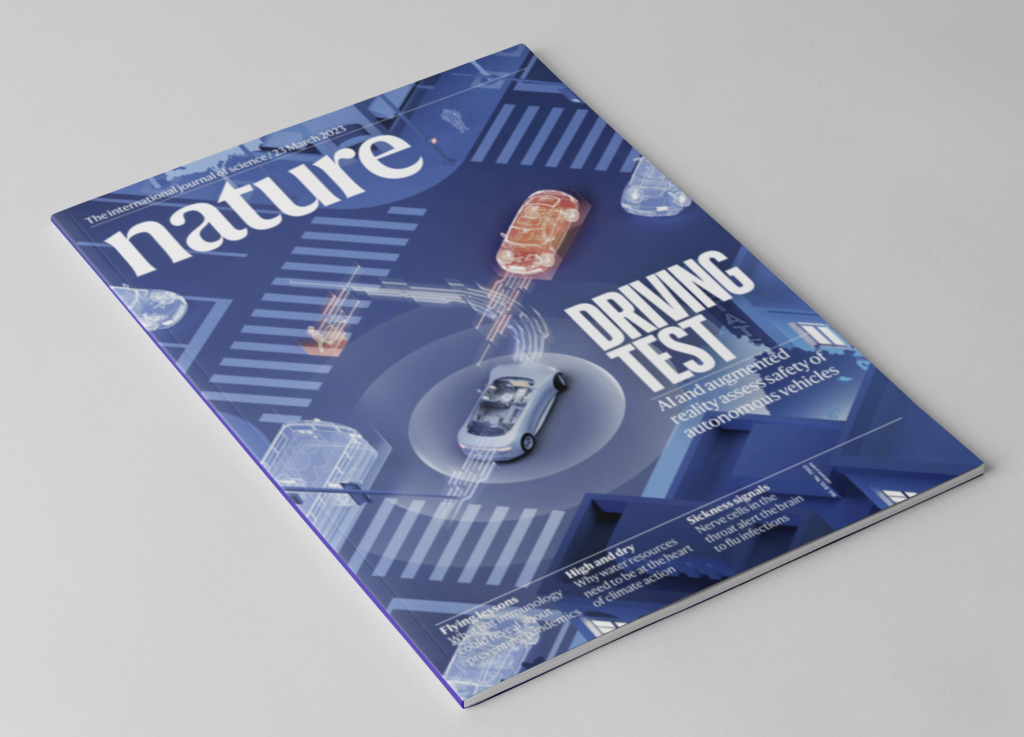Happy 2025!
In traditional Chinese culture, the snake symbolizes wisdom and agility, and is an important totem for the Year of the Snake in the lunar calendar.
Invited by SWA Shanghai Office, it’s a great pleasure to have the opportunity to design the 2025 Chinese New Year greeting card. The design aims to blend the agile image of the snake with the vibrant vitality of the new spring, creating a greeting card that is rich in traditional cultural charm and brimming with modern design sensibility, to deliver a unique festive blessing to the employees, partners, and clients of SWA group.
Collaborated with Chen Shi

FLEXerendipity
FLEXerendipity – a compond word made up with flexibility and serendipity, constitute the concept for this space.
Layout-wise, the alteration is simple and plain: the guest bedroom was removed and replaced with an inserted multi-use box. Whereas, the simple movement opens up opportunities: by compressing the guest bedroom, the current layout frees up the entire living space and spare out a corner, which can be used as a separate space, yet connected to the living area.
The intention is to create a space that meets all your expectation but not showing its presence. Hence, the overall design deliberately refrains luxury-looking elements, rather, it plays with natural vernacular materials that seem ubiquitous – wicker, wood veneer, granite slab and handcrafted mosaic tile – and delicately arranged with care.
Nature Communications Feature Image
Themed on cloud-based traffic light optimization, the illustration converts urban textures into circuit board to deliver the concept to the larger audience.
Collaborated with University of Michigan, Mcity Lab


Nature Journal Cover Image
The cover image featured a warming globe with an exaggerated cyclonic storm. Data analysis shows that these destructive tropical storms are shifting earlier in the season all over the globe, owing mainly to anthropogenic climate warming. This seasonal advance could increase the likelihood of the storms overlapping with other extreme weather events, and has implications for disaster prevention.
Collaborated with Tsinghua University.
Nature Journal
Volume 615 Cover Image
One of the main hurdles to putting autonomous cars on the road is how to ensure the reliability of the artificial intelligence that replaces the human driver. Evaluating the safety of an AI driver to the level of a human in a naturalistic environment would require testing across hundreds of millions of miles — something that is clearly impractical. In this week’s issue, Henry Liu and his colleagues tackle this problem by training an AI to help test the AI in the driving seat. The researchers used dense deep reinforcement learning to train the AI tester, which allowed the tester to ignore safe scenarios and instead build a testing environment that focused on potentially dangerous situations. The team then successfully tested a real car using augmented reality — while the autonomous vehicle drove round a track it had to cope with virtual dangers set by the tester. The researchers say the system can speed up safety evaluations by several orders of magnitude.
Collaborated with University of Michigan, Mcity Lab and Tsinghua University
Published on March 23, 2023
Volume 615, No.7953
